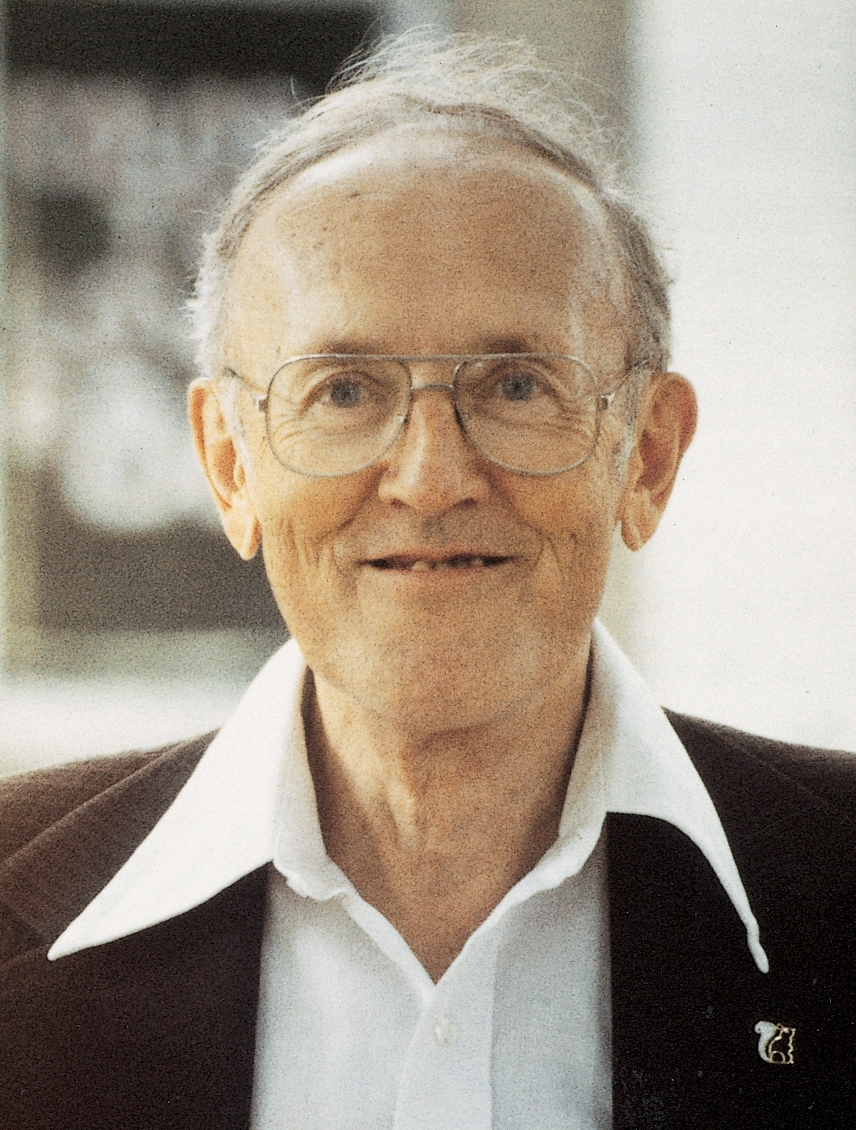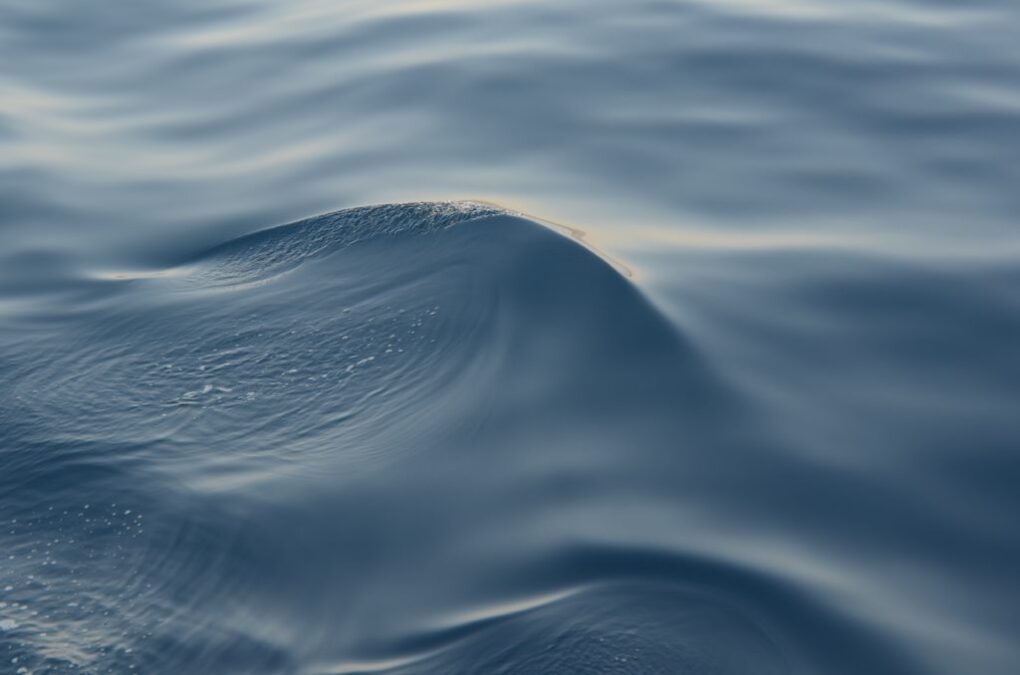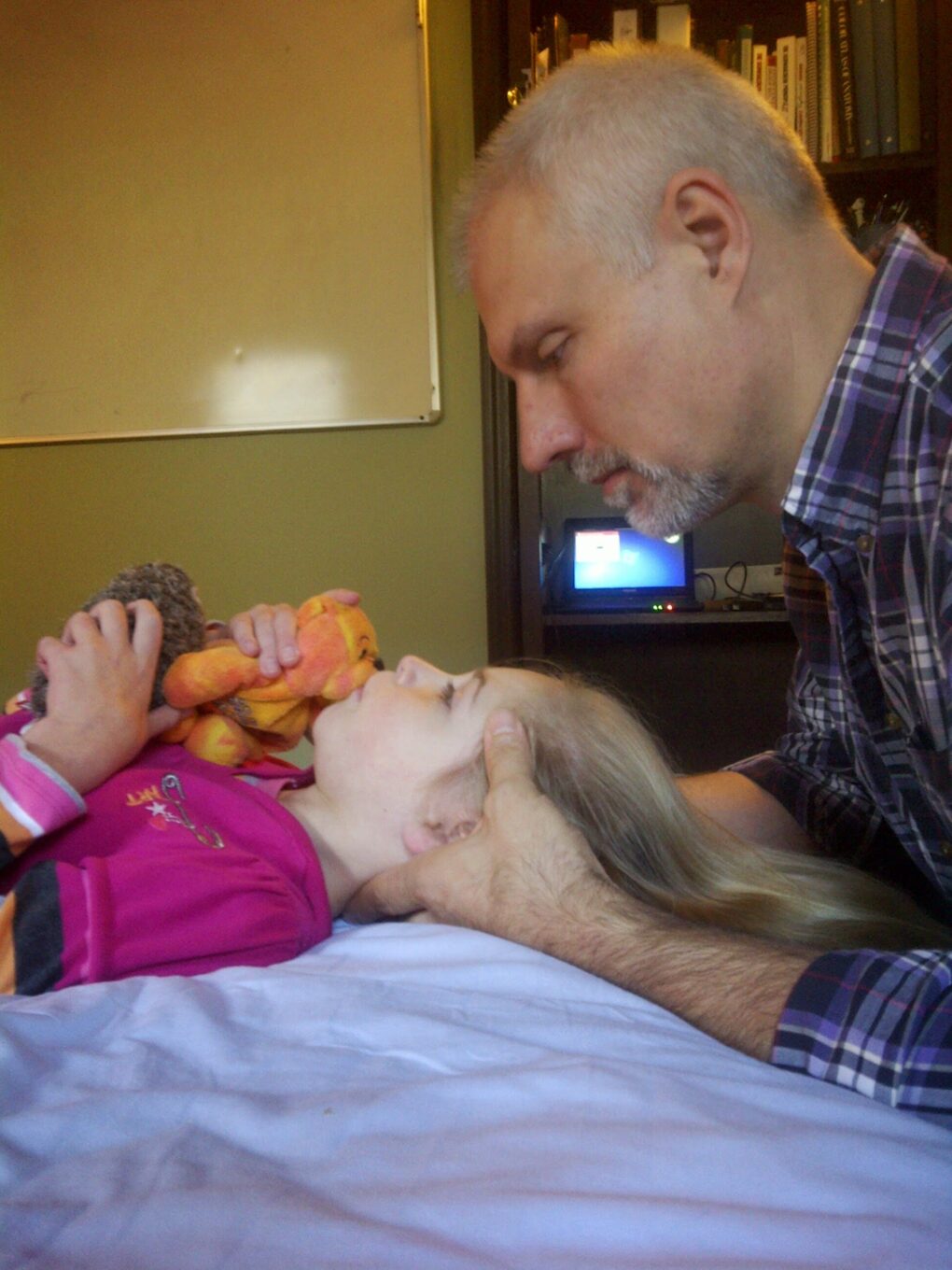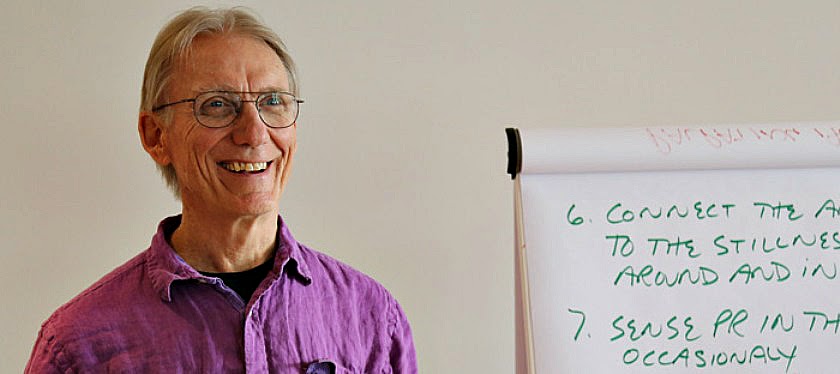This post on The Osteopathic Biodynamic approach is part of a collection of posts on craniosacral.
This collection includes posts about history, treatment models, techniques, concepts, and cases.
Change in Paradigm
Most practitioners find things beyond their understanding of the physical body in the quiet subtleties of craniosacral exploration. Depending on their beliefs, they see these experiences as spiritual, metaphysical, energetic, etc.
Found it!
Sutherland and Still firmly believed in a vital, universal divine force, although neither maintained a connection with organized religion. Like Palmer, they believed that this was the source of healing. Biodynamic Craniosacral evolved out of Sutherland’s findings during craniosacral exploration.
His perspective shifted in the late 40s when Sutherland was in his 70s. The stories are based on an experience when he was treating a hopeless case and did not know what to do. So, he focused on the ebb and flow of the cycle. Sutherland had an epiphany that there was an Intelligence in cerebrospinal fluid that healed.
“What I am about to say is not a religious talk, although it may appear to be….Be still and know that I am God (Genesis 2, 7). Be still these physical senses and get as close to your maker as you can – closer than breathing.”
William Garner Sutherland, Contributions To Thought, p. 209
He encouraged students to orient toward the unerring potency of Primary Respiration. Further, Sutherland encouraged his students to facilitate healing through their connection with The Tide instead of using the skills of analysis and external forces.
Beyond Sutherland

Expansion of the Craniosacral Concept
There was a small group of osteopaths that explored and evolved this concept after Sutherland passed in 1954. One of the most notable was Rollin Becker, credited with coining the term “biodynamic” and “dynamic stillness.” Becker was a colleague of Sutherland and a vital part of the small biodynamic movement in the late 1900s. In addition, he published founding texts on biodynamic craniosacral, including The Stillness of Life and Life in Motion. He developed the inherent treatment plan, which is largely used by biodynamic practitioners.
In the late 70s, Franklyn Sills began his study of osteopathic concepts. His belief system was rooted in Buddism. In 1982 he moved to England and created the Karuna Institute and undertook osteopathic training. In 1986, he began cranial training outside of the osteopathic profession. The training began with understanding biomechanical concepts and techniques. Afterward, students were encouraged to move toward biodynamic concepts. This didn’t work for Sills or his teaching staff because it didn’t reflect their practice. In 1992, they moved away from a mixed model and focused on what he referred to as a biodynamic craniosacral approach. By the early 2000s, he developed a fully biodynamic approach. He published important texts, including Foundations in Craniosacral Biodynamics Volume One and Volume Two.
Those Currently Expanding the Field
James Jealous, DO is revered as brilliant and insightful in his development of The Biodynamic View of Osteopathy in the Cranial Field. He has explored and integrated the fields of embryology with biodynamics. His research reveals how motion and inherent intelligence in embryology integrates with the same concepts in osteopathy. When I speak to people who have worked with him, they all find him to be a profound contributor, practitioner, and teacher.
Michael Shea, Ph.D., was a Rolfer who became one of John Upledger’s students in his initial teacher training in 1986. By the early 90s, he shifted his focus to biodynamic craniosacral and immersed himself in the approach. He has written an expansive series of well research texts: Biodynamic Craniosacral Volumes One to Five. He also developed the approach of Biodynamic Cardiovascular Therapy and advanced the practice of polyvagal regulation through biodynamic craniosacral.
Many other contributors have evolved this model. Several of them have authored notable texts, including Roger Gilchrist, Ged Sumner, and Steve Haines.

The Tide in the BioDynamic Model
This model sees the fluid as containing the source of healing. The Tide, or Breath of Life, is an expression of the fluids. The model focuses on the expansion and contraction of fluid from the mid-line more than the semi-closed hydraulic system of the biomechanical model.
In this model, the Tide correlates with the dynamics of fluids in embryonic development. At that time, we have no circulatory system. Instead, we develop through the expansion, contraction, and effusion of fluids.
This approach distinguishes between tides. It varies from one teacher to another but in general:
- “long tide” that cycles through expansion and contraction in about 200 seconds,
- “mid-tide” that cycles about every 30-50 seconds
- cranial-rhythmic impulses that cycle about every 6-10 seconds
When I work, I most commonly become aware of a 50-second tide with smaller cycles of 6-10 seconds in between. This also seems to be the cycle students find most easily. Here’s a post on finding your craniosacral cycle.
Therapeutic Intervention in the BioDynamic Model
Biodynamic craniosacral does not subscribe to assessment and correction through the external forces of the practitioner. Instead, it sees the practitioner connecting with the Tide in the relational field to facilitate healing. The Tide has an order and a timetable for the healing process. Assessment and introduction of external forces are potentially harmful and can introduce trauma to the system.
Biodynamic Craniosacral is one of the models that facilitate energetic constructs. In contrast, Biodynamic craniosacral is focused on a calmer healing process. It looks for the expression of inherent health and focuses on calming the system. Several approaches that became popular in the late 80s and 90s focus on somatoemotional release, which is commonly a cathartic experience.
The Inherent Treatment Plan is a natural function of Primary Respiration, life’s intrinsic ordering principle. It relies on the underlying belief that the person’s system has an innate wisdom and knows exactly what is needed and in what order. Through this process, the whole system reorganizes into a higher state of coherency and congruence with the original matrix or blueprint.
BCTA/NA Core Curriculum and Competencies 2018
Inherent Treatment Model
Rollin Becker developed the Inherent Treatment Model which is the basis of the healing process for most biodynamic practitioners. This plan is described differently from one teacher to another but has the following basic elements.
The practitioner:
- enters a state of awareness of the present
- focuses on their own rhythms, i.e., breath, heartbeat, posture, Tide
- focuses on the client’s rhythms, i.e., breath, heartbeat, Tide
- focuses on a safe, broader relational field. i.e., the room, outside environment, nature, and other elements of the background stillness
- settles, shifts, and rotates focus to sense the Tide of the client in relation to the Dynamic Stillness of the broader field and the field of the practitioner
- watches for the emergence of healing intentions of the Tide or Holistic Shift (Sill’s term)
- waits for clarification and resolution of healing within the context of the tide
- Commonly finishes with a focus on the Tide’s reorganization and return to natural midlines, tissue fields, and fulcrums
Just a few minutes on Google will show you websites like this one. For an approach that seems so unscientific, it has plenty of clinical studies to support it. They offer many studies on how practical this approach is in diverse areas, from cervical pain to dementia and PTSD.

My experience in the Biodynamic Model
After 15 years of working with other cranial techniques, I began studying Biodynamic Craniosacral in 2010. I scanned through the texts of Gilchrist, Sumner, and Haines and then continued to the Foundations of Biodynamic Cranial Sacral by Sills. The approach seemed oddly conceptual compared to the biomechanical craniosacral I had learned, employed, written about, and taught.
In 2014, I took my first class with Michael Shea. It was an earlier version of his work on Biodynamic Cardiovascular Therapy. I’ve taken additional courses from Shea on polyvagal regulation and embryology. His concepts and information are brilliantly well-integrated. He pointed me toward James Jealous and Rollin Becker.
I employ this work in my practice. After 25 years in the field, I continue to be amazed at the effectiveness of such an undramatic therapy. Biomechanical craniosacral has been very useful and practical for more than 25 years with my clients. I have found that clients with regulatory disorders, especially special needs children, have marked improvements over biomechanical craniosacral.
Support Integrative Works to
stay independent
and produce great content.
You can subscribe to our community on Patreon. You will get links to free content and access to exclusive content not seen on this site. In addition, we will be posting anatomy illustrations, treatment notes, and sections from our manuals not found on this site. Thank you so much for being so supportive.
Cranio Cradle Cup
This mug has classic, colorful illustrations of the craniosacral system and vault hold #3. It makes a great gift and conversation piece.
Tony Preston has a practice in Atlanta, Georgia, where he sees clients. He has written materials and instructed classes since the mid-90s. This includes anatomy, trigger points, cranial, and neuromuscular.
Question? Comment? Typo?
integrativeworks@gmail.com
Interested in a session with Tony?
Call 404-226-1363
Follow us on Instagram

*This site is undergoing significant changes. We are reformatting and expanding the posts to make them easier to read. The result will also be more accessible and include more patterns with better self-care. Meanwhile, there may be formatting, content presentation, and readability inconsistencies. Until we get older posts updated, please excuse our mess.





